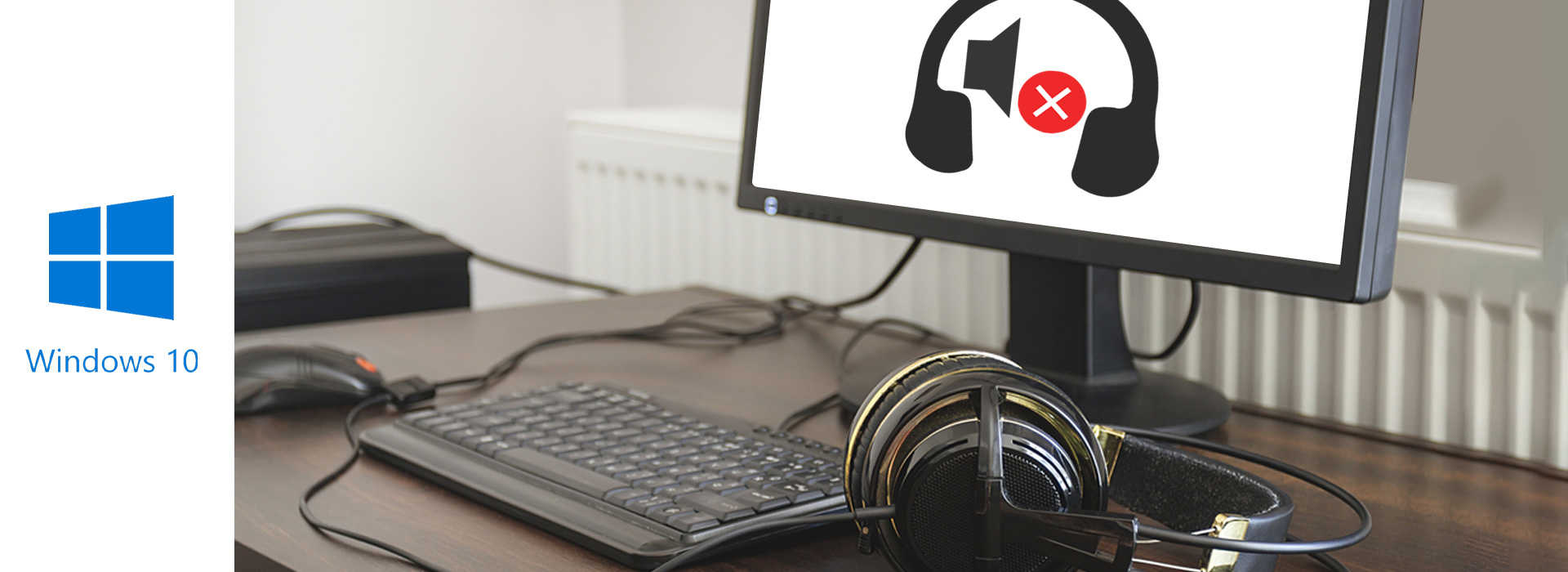The headphone jack is not working on Windows 10 after an upgrade or performing a Windows Update? How frustrating! But don’t worry. Either it’s system-related or caused by a missing headphone driver, this post will help bring the music (and sound effects) back to your ears quickly and easily.
7 Fixes for Headphones Problems on Windows 10
Here are 7 fixes that have proved to work for many people. You may not need to try them all; just work your way down the list until you find the one that works for you.
- Plug the headphone in and restart your computer
- Enable your Playback device
- Set headphone as default device
- Updating your audio driver
- Change the settings in the Realtek HD audio driver
- Uninstall the IDT audio device
- Switch to ChromeOS
Fix 1: Plug the headphone in and restart your computer
Simple as this fix seems, it did help many people out. Only two steps are required:
1) Plug your headphone into the computer.
2) Restart your computer and check to see if your headphone works.
If your headphone doesn’t get back on track, try the next fix below.
Fix 2: Enable your Playback device
You should check whether your headphone (as the Playback device) is disabled by the operating system. If it is, follow the following steps to enable it:
1) Make sure your headphone is connected to your PC.
2) Right-click the speaker icon ![]() in the notification area of your taskbar, and then click Sounds.
in the notification area of your taskbar, and then click Sounds.

3) If your headphone is not listed n the Playback tab, right-click the blank area and select Show Disabled Devices. Then your device should show up.

4) Right-click your headphone and select Enabled.
5) Click OK to save the changes.
Once complete, check to see if your headphone problem goes away. In case it still remains, please head over to Fix 3.
Fix 3: Set your headphone as the default device
If your headphone hasn’t been set as the default playback device, Windows may not play any sounds through it. To solve this problem, perform the following actions:
1) On your keyboard, press the Windows logo key and X at the same time.
2) Select Control Panel from the pop-up menu.
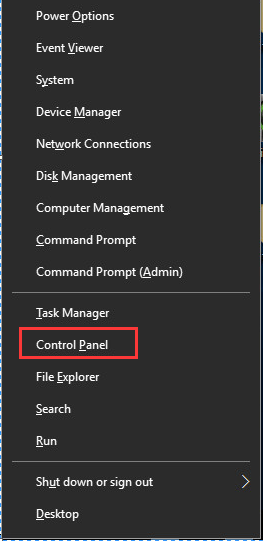
3) Change your view to Category and click Hardware and Sound.
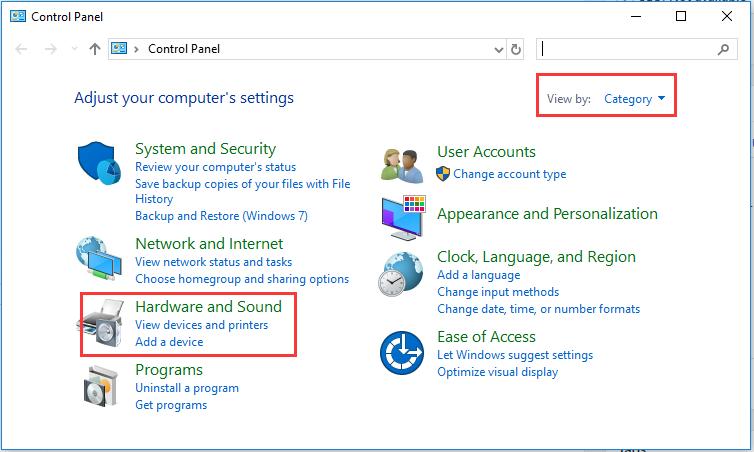
4) Click Sound.

5) On the Playback tab, select Headphones and click Set default.
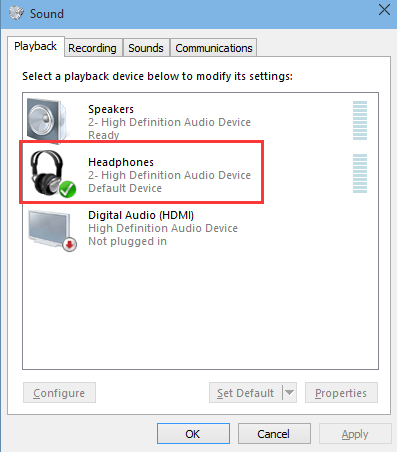
Note: You may see “Speaker/Headphones” instead of just “Headphones”. If that’s the case, select Speakers/Headphones and click Set Default.
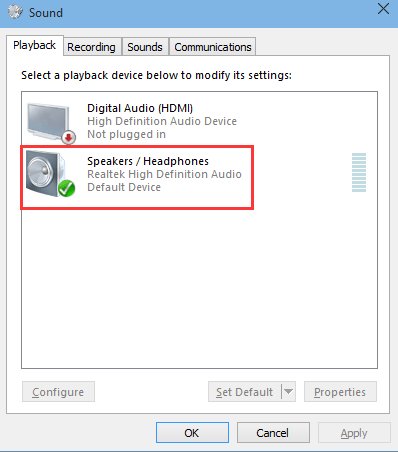
5) Click the OK button.
Still no luck? Don’t panic, let’s take a stab at the next fix.
Fix 4: Update your audio driver
Your headphones may also stop working if there’s a problem with your audio driver. If you have the know-how you can update your driver manually, but the process can be quite time-consuming and error-prone. Alternatively, you can rely on Driver Easy – a powerful driver updater tool – to manage all the driver updates.
Driver Easy will automatically recognize your system and find the correct drivers for it. You don’t need to know exactly what system your computer is running, you don’t need to risk downloading and installing the wrong driver, and you don’t need to worry about making a mistake when installing. Driver Easy takes care of everything.
You can update your drivers automatically with either the 7-day free trial or the Pro version of Driver Easy. It takes just 2 clicks, and you get full support and a 30-day money-back guarantee with the Pro version:
1) Download and install Driver Easy.
2) Run Driver Easy and click the Scan Now button. Driver Easy will then scan your computer and detect any problem drivers.
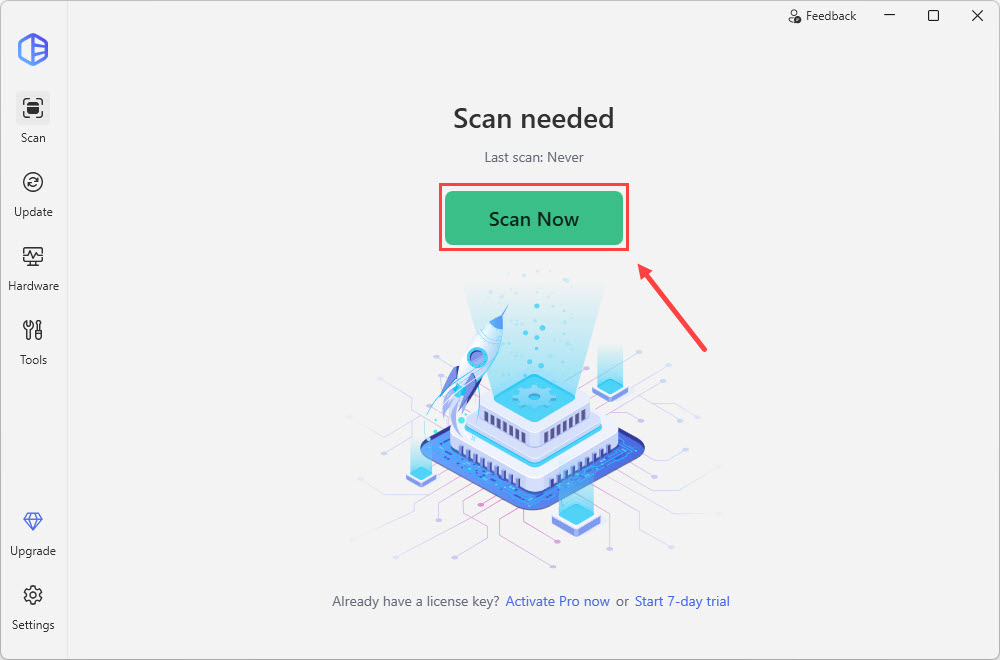
3) Click Update All to automatically download and install the correct versions of all the drivers that are missing or out of date on your system.
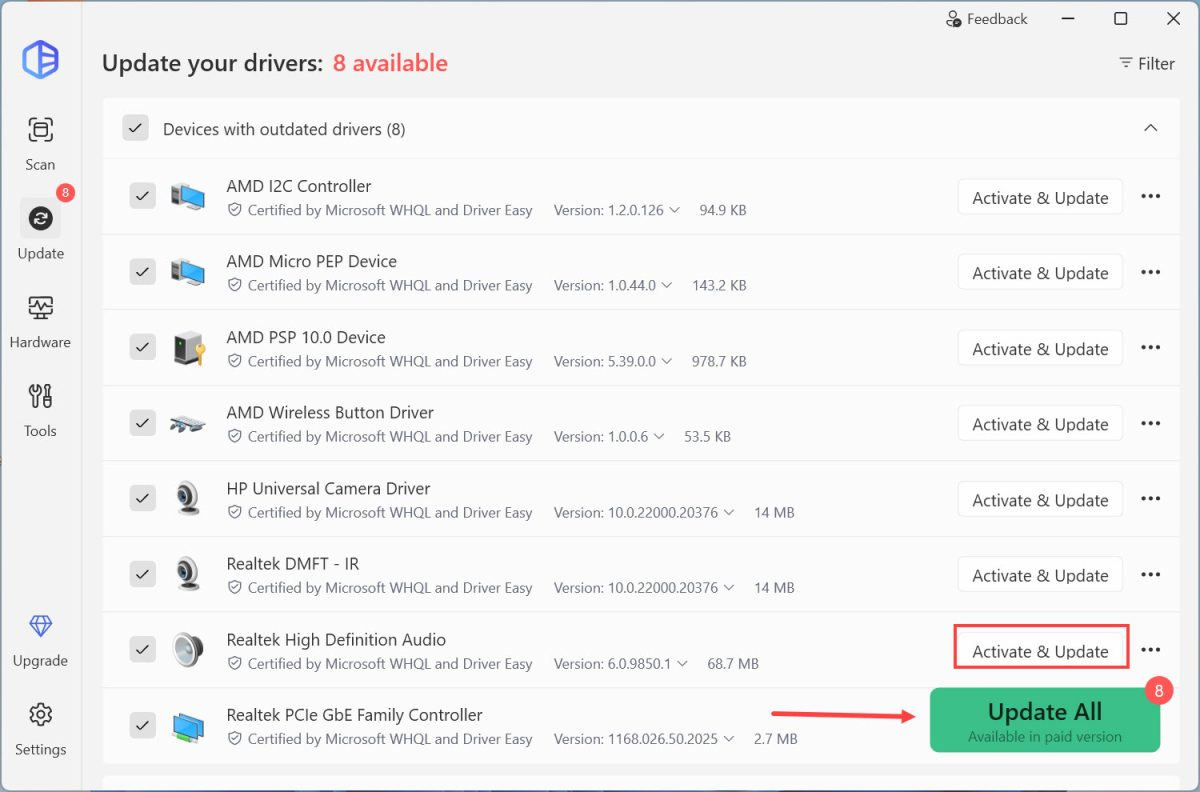
Check to see if you continue to experience the headphone not working issue. If you do, move on to Fix 5.
Fix 5: Change the settings in Realtek HD Audio Manager
Another possibility is that the Realtek HD Audio Manager isn’t configured correctly to play sound through your headphones. Changing the settings may resolve the problem.
1) Open Realtek HD Audio Manager.
2) Click the small folder icon in the upper right corner.
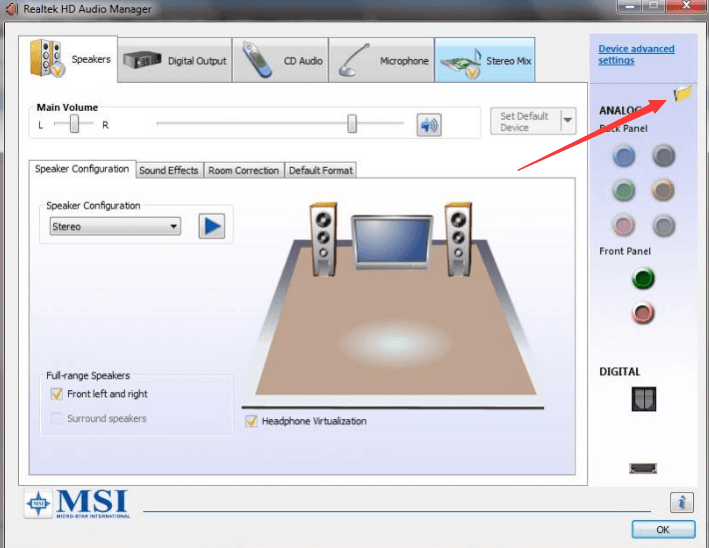
3) Check Disable front panel jack detection.

4) Click OK.
If this fix didn’t help, proceed to the next one.
Fix 6: Uninstall the IDT audio device
1) On your keyboard, press the Windows logo key and X at the same time.
2) Select Control Panel from the pop-up menu.
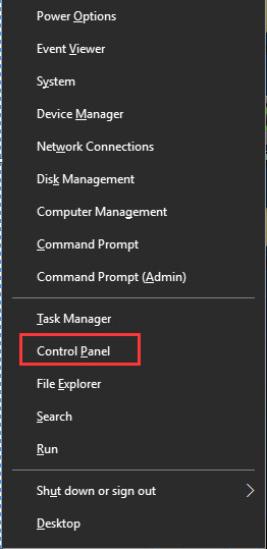
3) Change your view to Large icons and click Programs and Features.
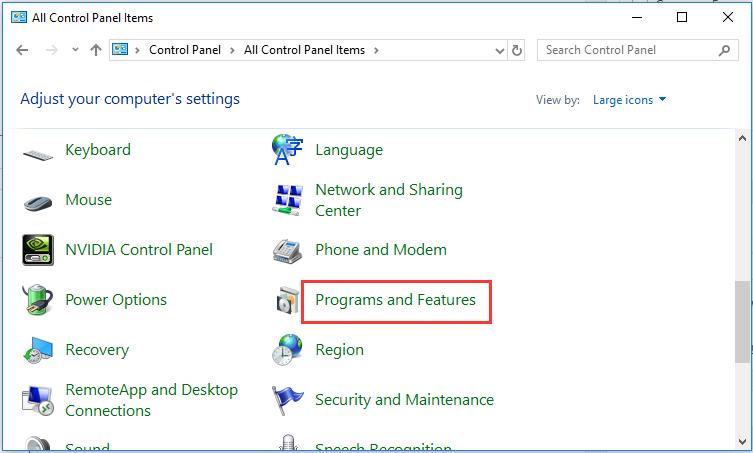
4) Locate IDT Audio Driver in the list, right-click on it, and choose Uninstall.
5) Restart your computer and check to see if your headphones are now working normally.
Fix 7: Switch to ChromeOS
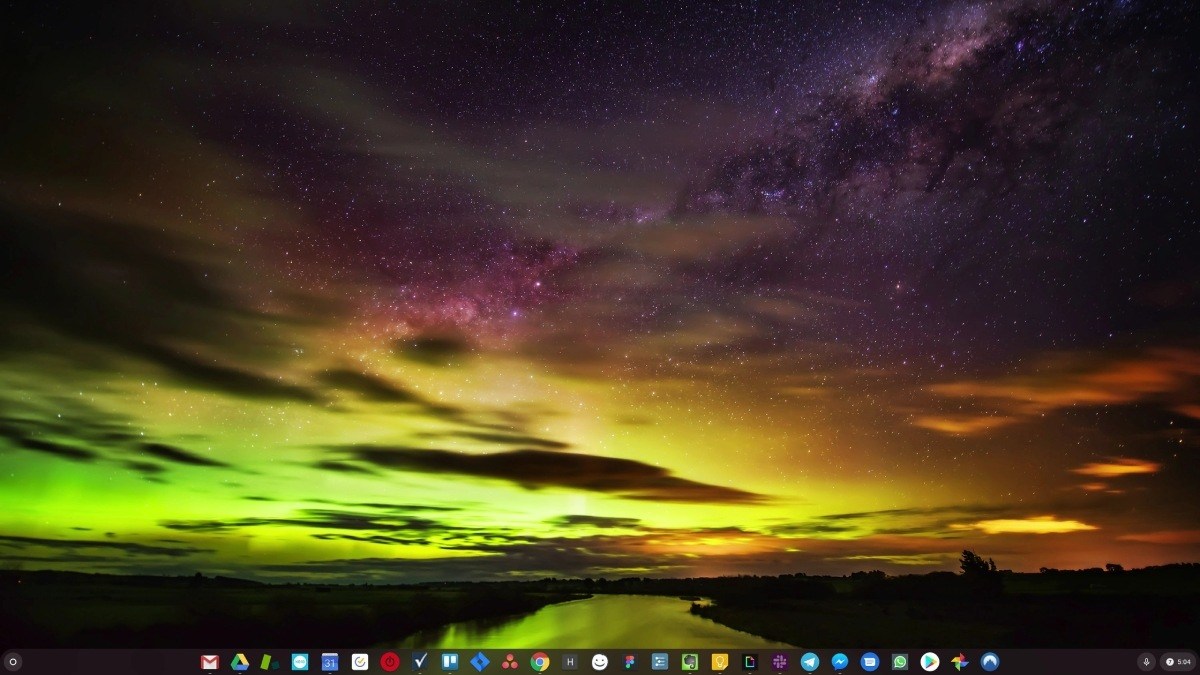
Windows is a very old technology. Sure, Windows 11 is relatively new, but it’s still just the latest iteration of a decades-old operating system, designed for a bygone era (pre-internet).
Now that we have the internet, fast connection speeds, free cloud storage, and endless web apps (like Gmail, Google Docs, Slack, Facebook, Dropbox and Spotify), the entire Windows way of doing things – with locally installed programs and local file storage – is totally outdated.
Why is that a problem? Because when you’re constantly installing uncontrolled third-party programs, you’re constantly opening the door to viruses and other malware. (And Windows’ insecure permission system compounds this problem.)
Plus the way Windows manages installed software and hardware has always been a problem. If your computer shuts down unexpectedly, or a program installs, uninstalls or updates incorrectly, you can get ‘registry’ corruptions. That’s why Windows PCs always slow down and become unstable over time.
Also because everything’s installed and saved locally, it doesn’t take long before you run out of disk space, and your disk gets fragmented, which makes everything even slower and more unstable.
For most people, the simplest way to solve Windows problems is to ditch Windows altogether, and switch to a faster, more reliable, more secure, easier to use and cheaper operating system…
ChromeOS feels much like Windows, but instead of installing heaps of programs to email, chat, browse the internet, write documents, do school presentations, create spreadsheets, and whatever else you normally do on a computer, you use web apps. You don’t need to install anything at all.
That means you don’t have virus and malware problems, and your computer doesn’t slow down over time, or become unstable.
And that’s just the start of the benefits…
To learn more about the benefits of ChromeOS, and to see comparison videos and demos, visit GoChromeOS.com.
Hopefully, this post helped you resolve the problem. Please feel free to leave a comment below if you have any further questions or ideas. Thanks for reading!






